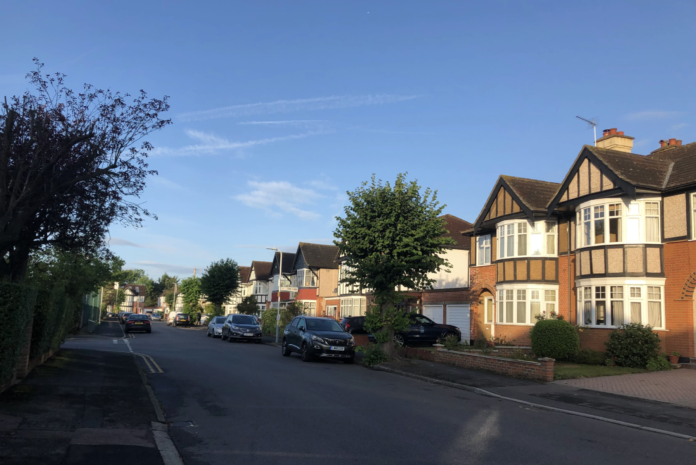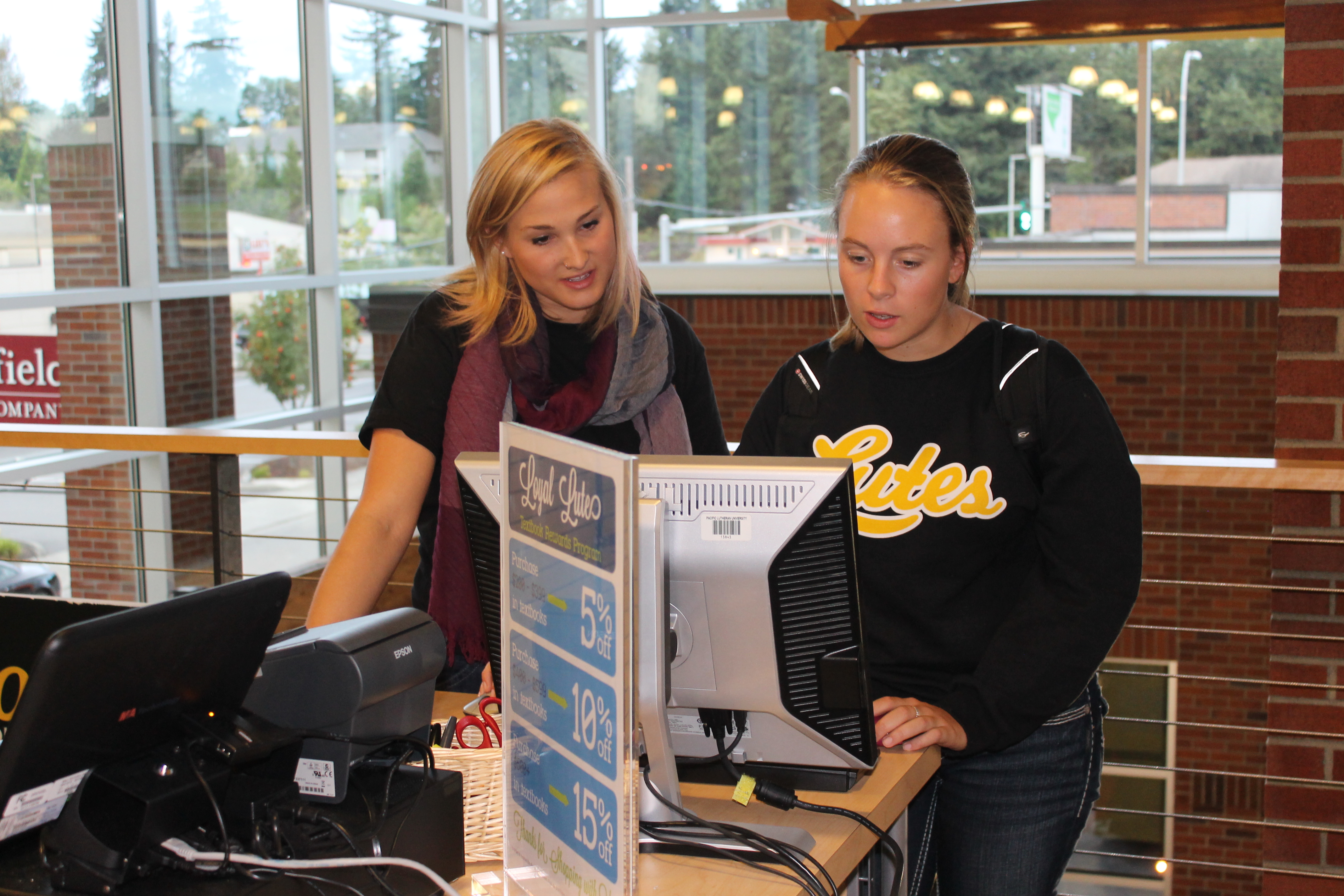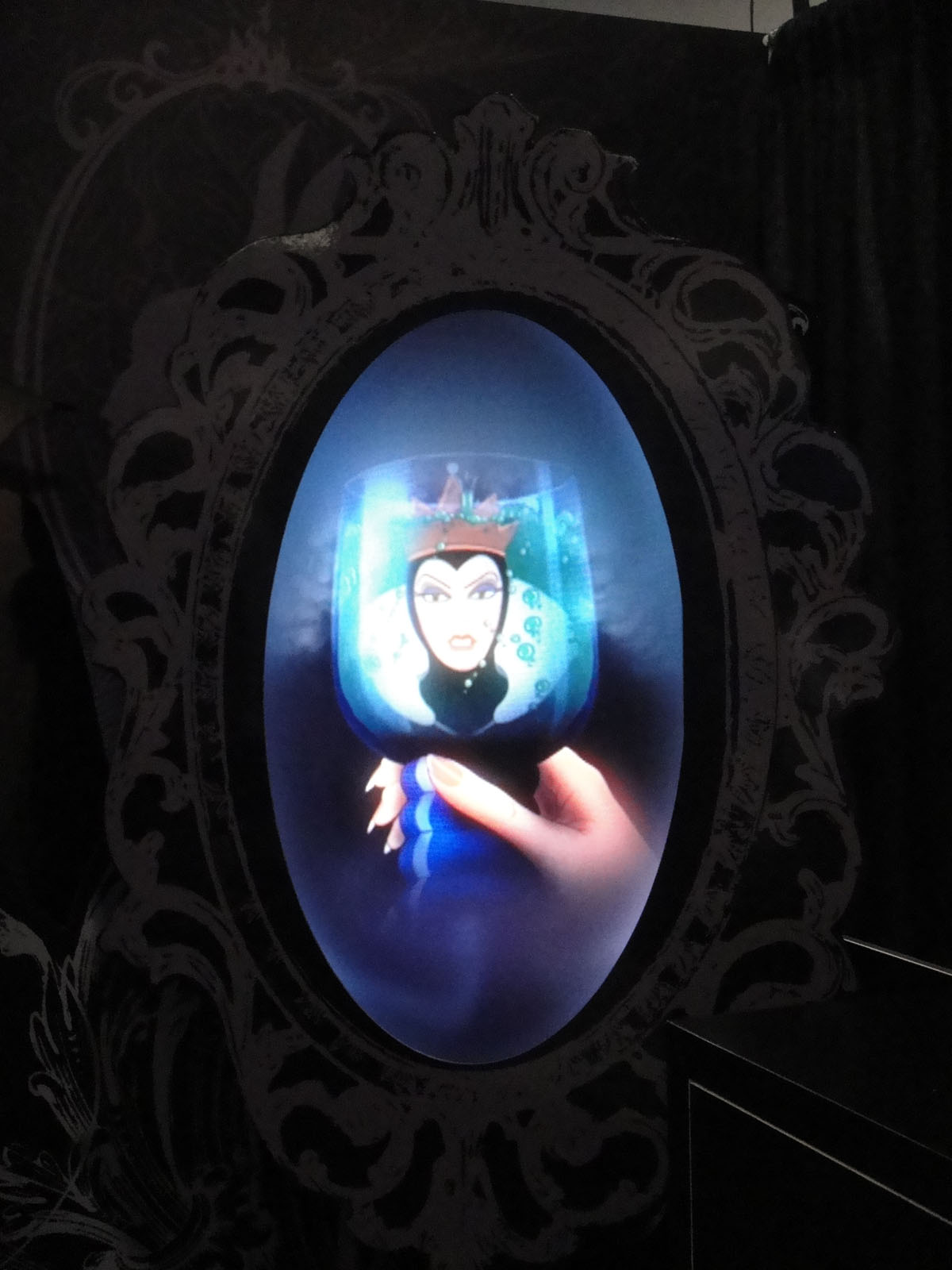By Gurjot Kang
Reporter
“Good bye!”—I graciously call back to my homestay host, Mrs. Patel, as I turn to grab my backpack and open the front door.
I’m almost one foot outside when I remember I still need to dump out the little pesky rocks and pebbles hiding in my boots, slide up the socks slipping off my feet, and of course, double check the right pocket of my jacket to make sure my Oyster card is there. After completing this series of morning rituals, I finally begin my daily route to Eastcote Station to catch the crowded and stuffy 8 a.m. metro to Uxbridge. Locking the front door of my homestay, I cross the driveway—by now I have the path to the station engraved in my brain.
Starting down the sidewalk, I examine the whimsical west London neighborhood of Eastcote surrounding me. Lined up on both sides of the street were tightly squeezed suburban houses with dome-shaped exteriors, red-orange flat tiled roofs, and wide glass window panels with thick white or black trimmings. One after the other, the houses on the block replicate the same geometric architecture and paint color pallet of beige, brown, and brick red. According to Mrs. Patel, the two builders in charge of construction in the area enjoyed this design so much, they decided to cut and paste it at every corner.
Narrowly passing an overgrown shrub from the yard on my left, I take in the scene of pedestrians out in front of me. My mind carefully follows each passerby, wondering what his or her unique story could be.
Close by, a woman wearing a disgusted look and cherry lipstick, almost as bright as her hair, holds on to a miniature dusty red scooter with neon yellow handlebars. While the scooter is obviously meant for a toddler, I oddly hope she takes it for a joy ride instead and restores a lost sense of playfulness she may have well stolen from a surprised child.
In fact, there are many kids tripping up and down the sidewalks toward the direction of their schools: the older ones by themselves, the younger ones nervously clutching the hands of their parents.
Far up ahead, I witness a young group of primary-aged schoolboys happily skipping along, excited to see what mischief they’d sneak past their teachers today. Their navy blue blazers a few sizes too big and sleeves a little too long. The boys step forward, in rhythm with each other, all the while gripping onto the end of each other’s conversations.
A couple yards before me, two girls with fluffy flamingo sweaters, riding Barbie pink child scooters speed past me, nearly causing me to lose balance and trip over thin air.
Further down, an older brown-haired lady guides the way, like a mother tending to her baby ducklings, as a little boy and girl waddle behind her learning how to safely cross the road. The little girl has a holographic backpack slung over her shoulder, while the boy following her carries a galaxy-themed one. Together, they look like members of the international space team, or the youngest recruits from NASA.
Aside from the steady stream of tots and traffic, the neighborhood of Eastcote is littered with adults making their way to their nine-to-five jobs. Men in well-pressed business suits and women in pencil-length skirts tread to work with their eyes glued to phone screens, only occasionally glancing up to avoid running into a pole. However, on my morning commute, one older man, with a salt and pepper beard, stands out from the rest as he and his golden retriever take turns walking each other. The golden retriever appears to be winning in this battle. I also spot the occasional angst teen briskly moving along with their headphones on, lost in a musical world of their own. Among the bodies wandering the streets of Eastcote, if you listen or look carefully enough, you’ll hear a diverse array of languages and see ethnicities from around the globe represented.
One thing for sure, this is not the same as walking on the grounds of the Pacific Lutheran University (PLU) campus. Unlike PLU, where I can travel to most of my classes in approximately seven minutes or less, it takes me an hour, without tube delays, to get to the GEO Centre in London—but commuting is part of the journey of living in London. And while at PLU, I find myself smiling and nodding at familiar and friendly faces on my way to the Anderson University Center; here a sea of curious strangers surrounds me.
As I check the time on my phone, I learn the next metro will depart in a few minutes. So, I quickly move my attention away from my surroundings and focus on getting to the station. Moments later, I jog past Eastcote Café, scan my Oyster card at the station entrance, and make my way down to the designated platform.
Glancing over at the bench facing the tracks, there is a woman with curly black hair holding a mirror in one hand and a makeup brush in the other. She sits in silence swiftly applying thick coats of mascara to her eyelashes. Every morning, I always see at least two or three women racing to finish their makeup before the tube arrives. Watching these women delicately paint their faces and wondering where they’re going is one of my favorite ways to past time, but I have to be careful not to stare too long for fear of making accidental, awkward, and intense eye contact.
A minute later, the tube comes to a screeching stop in front of me, opening its doors. As I board the metro, an automated, robotic voice in the station repeats, “mind the gap,” for what feels like the thousandth time. Quickly escaping the shuffling footsteps behind me, I run to the nearest seat on the tube and pick up a copy of yesterday’s Evening Standard—ready for another story.


















